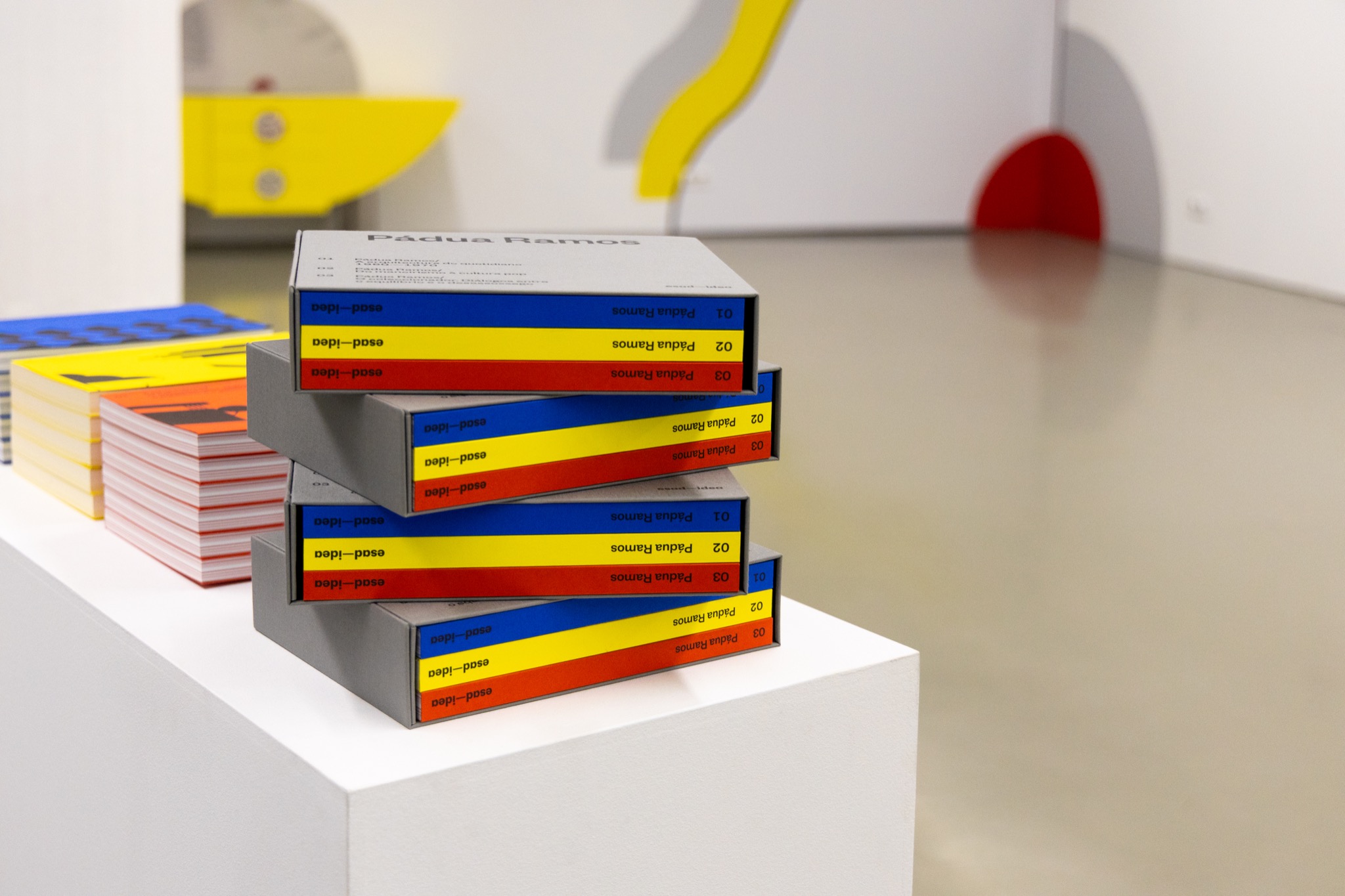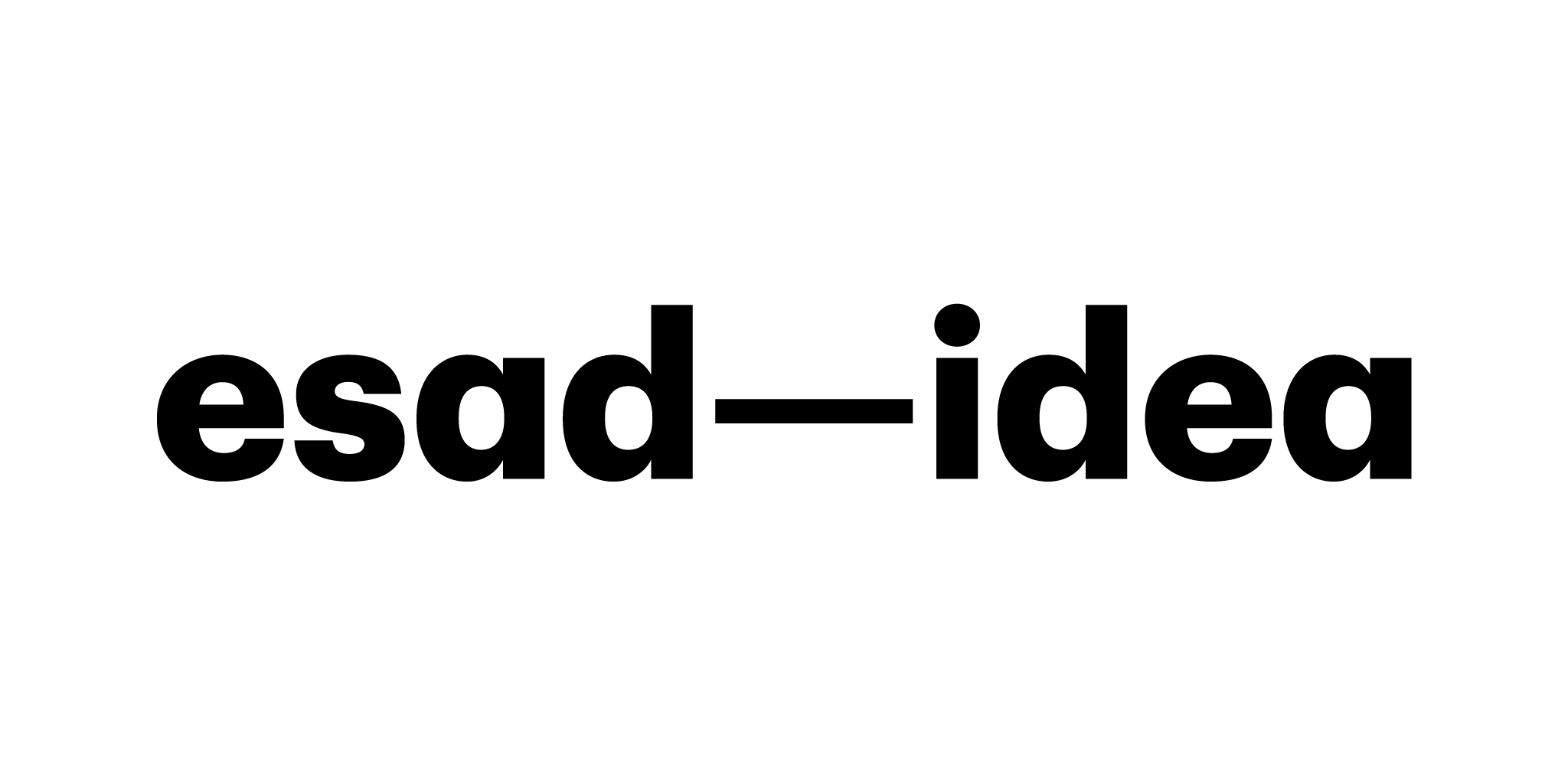
esad-idea | Padua Ramos: from Architecture to Design Exhibition

The retrospective is dedicated to the architect Luís Pádua Ramos (1931 – 2005), whose most representative works express the search for a symbolic and semantic dimension of architecture, contaminated by Art Nouveau, Art Deco and Popular Art, but also by Pop Art and the radical and postmodern movements that crossed Europe and the United States in those years: from the Archigram group to the Superstudio and Archizoom groups, from the Memphis group to Michael Graves and James Stirling, Robert Venturi and Charles Moore.
Luís Pádua Ramos began his professional activity as a collaborator in the project office of José Carlos Loureiro, in 1955. In 1960 he became his partner, creating the GALP — Gabinete de Arquitectura, Urbanismo e Engenharia, Lda. Numerous projects arise from this collaboration. The most paradigmatic examples are Hotel D. Henrique (1966) and the residential complex Campo do Luso (1962), in Porto. The partnership with the architect José Carlos Loureiro and the strong influence of a Modern Movement already mature in Portugal provided very early a fertile ground of experimentation to the young Luís Pádua Ramos who, from the first works, entirely of his own – such as the two dwellings for his family and for his parents, on the Estrada da Circunvalação, in Porto (1960), and the Casa em Fão (1960) – unveil a peculiar ability to look beyond the absolute, static and immutable ideal of the Modern Movement.
